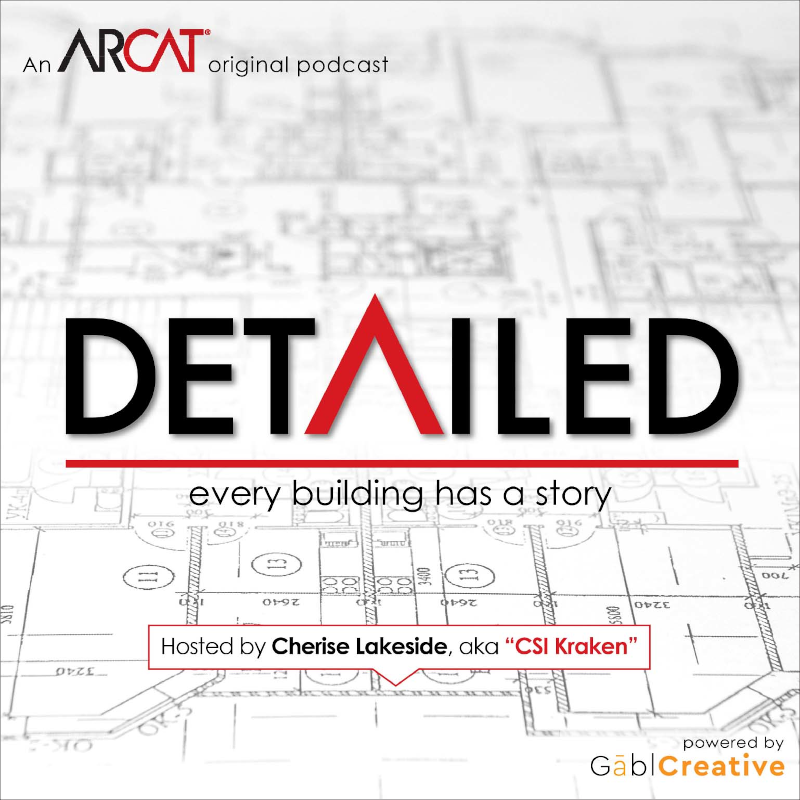|
Contributed by Eric D. Lussier I'm knee deep in a project right now that I'll call it what it really is: bailing the Owner out. Know what you get when you don't create bidding documents and rely solely on a low price? You get what you get. And if I say that phrase aloud in front of my 5 and 8-year-old, they add "and you don't pitch a fit". Well, when one doesn't create an RFP, not to mention any sort of construction specification or drawing, how can one hold any level of expectation about their finished product? This Owner bought off a non-descriptive proposal and carried what matters most in the construction industry too much of the time: the lowest price. I don't have the time, the space, nor the want, to fully go down the road of the low-bid scenario. I will call it as I see it as a subcontractor: it's the short end of the stick. And yet it is still the "solution" for the most popular project delivery method in the construction industry today: design-bid-build. Let us Cliffs Notes design-bid-build within a tweet's 280-character limit: Owner has vision. Owner works with architect on design for vision. Architect develops schematics. Fine tunes. Vision formalized. Architect develops formal drawings & specifications for GC. Duration? Years? GC gets days to decipher vision. End result? Be cheapest. But that's simplifying things, you say. Sure, that may be. But in a nutshell, that's the process. One of the frustrating things about working with designers and developing specifications is becoming the basis of design, or an approved equal, only to be just breaking the sweat of the marathon race. Once you're named in a spec, you now must win the spec. And how do you ultimately win the spec? Match it and be the cheapest and ultimately, hope. Hope? Sure. Hope your price lands in the lap of the estimator in time. Hope they have time to read it. Hope they pick up what you're putting down. Hope they want to work with you. Hope you meet their qualifications to work together. Hope you can meet your estimate and make goal profit margin. Hope it all goes to plan. Hope you get paid in full in a timely fashion. So, how can we fix this dilemma? Well first, the construction industry must recognize it as one. But, what are the definitions of a dilemma? One is "a difficult situation or problem". Yes, I'd say we have a dilemma then. But what is definition two? Its "a situation in which a difficult choice has to be made between two or more alternatives, especially equally undesirable ones." Do we have that widely accepted design-bid-build aka low-cost project delivery alternative at the moment?
After speaking to an industry ally just the other day about our low-bid environment, she forwarded me the requirements for a "Category Weighting" system on a project that she was working on with a customer in Canada. Using this method, pricing is weighted as only one fifth of the overall part of the winning bid. The experience and qualifications of the contractor were worth one tenth, the Superintendent? Almost one third weighted. And an Operational Impact Assessment of the facility was two fifths of the total weight. So, to summarize: Pricing - 20 Experience & Qualifications – Contractor 10 Experience & Qualifications – Superintendent 30 Facility - Operational Impact Assessment 40 Total Points - 100 While perhaps not adaptable to all projects and circumstances, utilizing a system like this could eliminate the race to the bottom that design-bid-build can become. What's it going to take for a system like this to be used more often? A private Owner with deep pockets is a start. By not having the public funding and taxpayers to answer to will allow the Owner to truly call his own shots. Yes, this project delivery "method" may cost more than the traditional design-bid-build, but who said the true vision of the owner was cheap to begin with anyway?
0 Comments
Leave a Reply. |
AboutLet's Fix Construction is an avenue to offer creative solutions, separate myths from facts and erase misconceptions about the architecture, engineering and construction (AEC) industry. Check out Cherise's latest podcast
Get blog post notifications hereArchives
March 2022
Categories
All
|


 RSS Feed
RSS Feed
